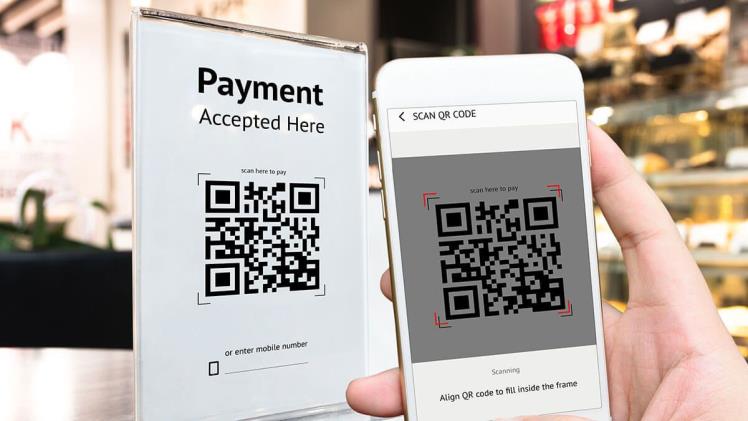Indeed, it is normal for certain things in your lab, like examples, to require various standardized identifications or identifiers. However long your cheap lims software LIMS is coordinated to monitor various standardized tags/identifiers for a solitary example, this ought not be an issue.
Applying numerous standardized tags to things in your lab can really be extremely valuable. For instance, in the event that you run a clinical testing lab, you might relegate an interior scanner tag to each example you get, to exist close by the outside example standardized tag a requesting doctor has related with the example. With the inside standardized identification, you know with 100% conviction that each example has an extraordinary identifier; you likewise keep the outer scanner tag related with the example so you can convey the outcome properly to the requesting doctor.
Should Standardized tags Contain Comprehensible Data
It is normal for specific segments of a standardized identification to contain comprehensible data. For instance, a standardized identification including SAL-COV-000188 could show the example is a spit test type (“SAL”), with a Coronavirus test request (“COV”), and is the 188th example (“000188”) you have gone into your framework.
Assuming your lab has various examples and tests that you perform, intelligible parts of a standardized identification can be incredibly useful. Your staff can quickly know a decent measure of data about an example by simply checking its scanner tag. Assuming that you truly do implant data into a standardized identification, in any case, that can expand the scanner tag intricacy and occupy room on the scanner tag marks — some of which are little and just have space for a small bunch of characters.
There is no best practice for installing data into a scanner tag. Eventually, it’s your choice whether it’s the right move for your research facility. However long each example has a one of a kind standardized identification on it, you can add some other helpful data to that scanner tag assuming it’s a good idea for your lab.
Could We at any point Produce Scanner tags Utilizing Exceptionally Convoluted Rationale
There isn’t anything intrinsically amiss with utilizing a convoluted rationale to produce a scanner tag. Once more, your possibly decide is that each standardized tag is one of a kind — in the event that that is the situation, make your standardized identifications as muddled as you would like.
Utilizing profoundly muddled rationale can change a standardized identification into something beyond a straightforward identifier. You can encode such a lot of data into a standardized identification that your lab faculty can quickly know a great deal about the example just from this number.
As a genuine model, we should allude to this muddled standardized identification: SAL-COV-OP011-2020.10.10-0001. This example: is a spit test type (“SAL”), has a Coronavirus test requested (“COV”), had a Requesting Doctor send it with the following number “011” in your framework (“OP011”), was gotten on October 10, 2020 (“2020.10.10”), was the main example you got that day (“0001”)
That is a great deal of data you can peruse from this scanner tag, without looking into the example in your LIMS. Be that as it may, it likewise implies your LIMS sqc training needs to handle a lot of rationale to accurately create a scanner tag for each example.
To encode more data in your standardized identifications, you should ensure your LIMS can precisely create extraordinary scanner tags with all your expected rationale. Not all LIMS are capable; utilizing the above model, some LIMS will most likely be unable to handily pull data on the example type, test requested, or requesting doctor. Some LIMS may likewise experience issues resetting the increasing example number consistently.

